 |
| U.S.S. Seeker Long Range Explorer NCC-44500 Aptly named for an ancient astronomer, the Chandra Class reflects a return to a more comfortable, multi-function vessel of exploration. In accordance with the mandate from the Federation Council to continue to reach out to the societies on the outer edges of the Federation in an effort to expand the Federation's member world roster, the U.S.S. Seeker is a vessel of exploration and diplomacy. Designed to house extensive staffs of scientists, diplomats and sociologists, the Chandra class is far more comfortable and scientifically equipped than the more battle-oriented vessels developed during the challenging years of the Borg and Dominion wars. The Chandra draws technology gleaned from the research done on the advanced tactical vessels that came before it, and contains state of the art structural integrity systems, bioneural circuitry, high-yeild phaser arrays, multi-phasic shielding and advanced sensor technology. Not the fastest ship in the fleet, the Chandra is designed for long missions in deep space. As such, it's propulsion systems are designed for sustained warp flight at a top margin of 8-8.5, with an achievable maximum burst speed of warp 9. Its regenerating field technology uses less deuterium per 24 hours at warp than most of the other vessels in the fleet, making it an efficient vessel for missions requiring long distance travel, and long-term separation from re-fueling stations. IMAGES: Scroll down to view holoimages of the vessel. Model notes follow below. THIS MODEL IS NOT AVAILABLE. IT HAS BEEN SOLD TO A COLLECTOR. SEE THE CONTACT PAGE FOR INFORMATION ON PURCHASING ONE OF MY OTHER CREATIONS. |
|||||||||||||||||||
 |
|||||||||||||||||||
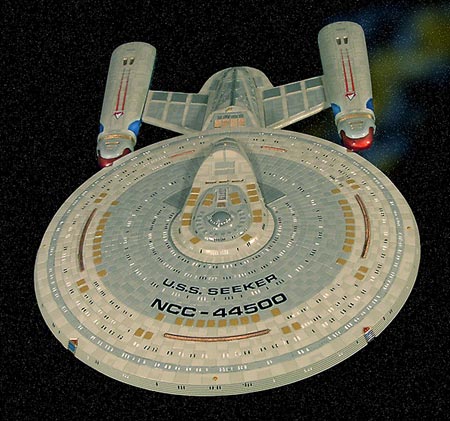 |
|||||||||||||||||||
 |
|||||||||||||||||||
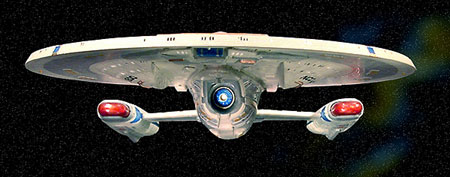 |
|||||||||||||||||||
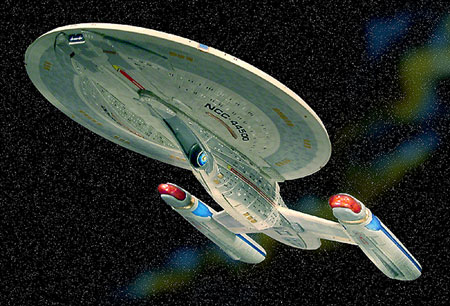 |
|||||||||||||||||||
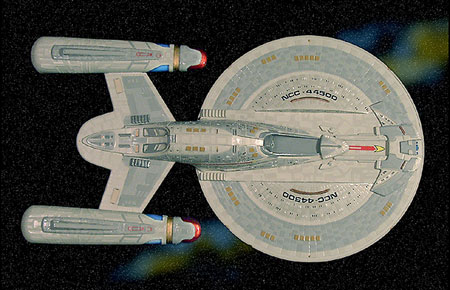 |
|||||||||||||||||||
 |
|||||||||||||||||||
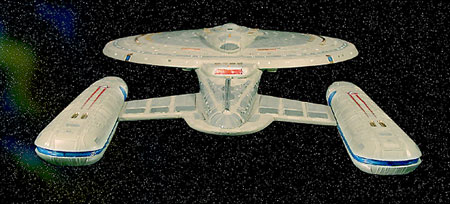 |
|||||||||||||||||||
| Modeling details: The Chandra class was bashed from a Enterprise C disk, modified with the alternate shuttle module attached to the top of the disk and a trench carved out of the lower bowl allowing for the engineer hull and deflector dish to snug up under. The engineering hull is from an Enterprise E kit. The nacelles are obviously from an Enterprise-D kit, and the struts are made from sheet styrene and designed to resemble the struts from an Enterprise-C. The impulse engine is the back end of an Enterprise-C bridge module.
|
|||||||||||||||||||